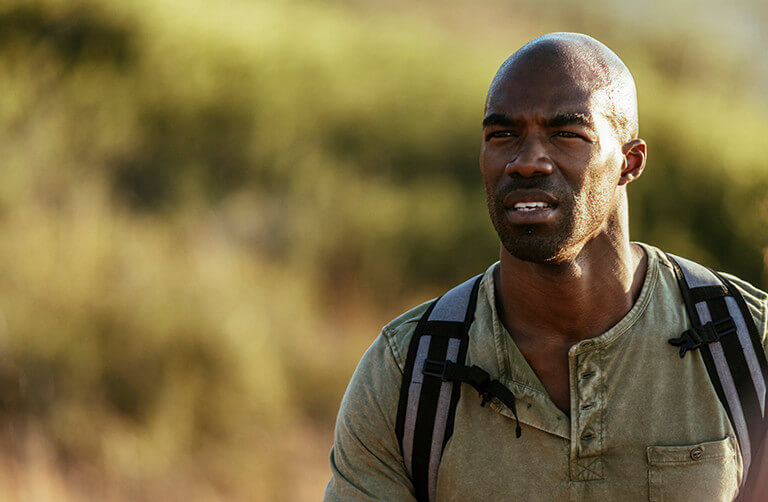How to Walk Safely Near Livestock
Coronavirus (COVID-19) and travel: The situation around the world is changing dramatically. Various governments have changed their travel warnings to restrict travel during this time. To understand how this may impact cover under your policy, please go to our FAQs and select your country of residence.
For the latest travel warnings and alerts around the world, read about lockdowns and border restrictions.
Walking in the country inevitably means crossing fields where animals might be present. Here's how to enjoy the countryside without bothering the animals.
Shares
 Photo © Getty Images / Paul Plews
Photo © Getty Images / Paul Plews
A walk in the countryside is a pastime many travelers enjoy when exploring a new place, and in many countries miles of public footpaths criss-cross farmland where livestock can be found. In England and Wales alone there are estimated to be 140,000 mi (225,000km) of public rights of way, including footpaths and bridleways.
However, while sharks are responsible for around five deaths a year, horses cause 20 deaths and cows around 22, typically by trampling or kicking their unsuspecting victims, many of whom are out enjoying a countryside walk.
To avoid being injured or killed by livestock, walkers can start by following guidelines such as the UK Government’s Countryside Code. This a series of sensible guidelines highlighting the importance of protecting and respecting, people, animals and property in the countryside including following signs (such as those for footpaths), making sure you leave gates the way you find them (if they're open leave them that way, and the same if they're closed), taking litter home with you, keeping your dog under control (a farmer can shoot a dog that attacks or chases livestock, and may not be liable to compensate the dog’s owner) and giving any livestock you come across plenty of space.
How you can keep yourself, your dog and livestock safe
- If your walking route means entering a field where there are livestock, first consider if there is an alternative way to get to where you’re going. if you don't have to go through the field, don't
- Make sure you have a clear path and exit in sight, so you know where you're heading should there be any issues
- Stay close to the fence line or hedgerow rather than crossing the middle of the field
- If there are cows and their calves present, look for an alternative route and if that’s not possible, try not to get between mother and babies
- Move quickly and quietly and walk around the herd instead of through it
- Don’t worry if the cows saunter over for a look at you and your dog. If they are walking slowly they are unlikely to be a threat. If you speed up, they probably will too
- Keep your dog on the lead, and don’t enter a field at all if there is lambing happening
- Close any gates you enter or exit the field through.
What to do if the herd approaches at speed or charges?
- Try stretching your hands out wide. If this doesn’t work, clap your hands and maybe shout “hey, go on!”
- Let your dog off the lead – the cows will chase the dog instead of you, and it will be faster than the cows. This should give you enough time to get to a safe place
- Don’t panic or run – there’s a good chance they will lose interest in you and move on
- Move away to put distance between you and the cattle
- Report any incidents to the farmer or the police for more serious events such as injury or worse.
Get a travel insurance quote for Worldwide
You can buy at home or while traveling, and claim online from anywhere in the world. With 150+ adventure activities covered and 24/7 emergency assistance.
Related articles
Simple and flexible travel insurance
You can buy at home or while traveling, and claim online from anywhere in the world. With 150+ adventure activities covered and 24/7 emergency assistance.
Get a quote


No Comments